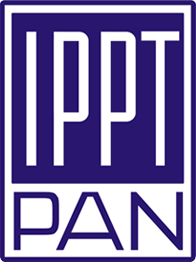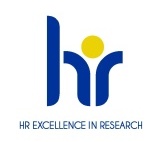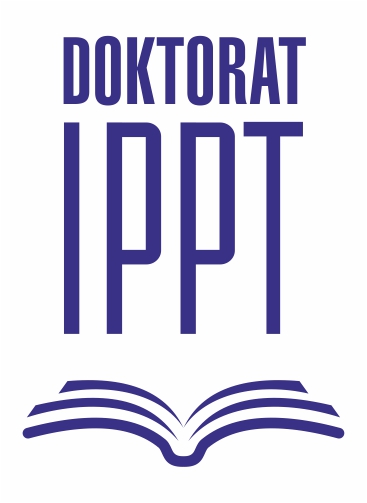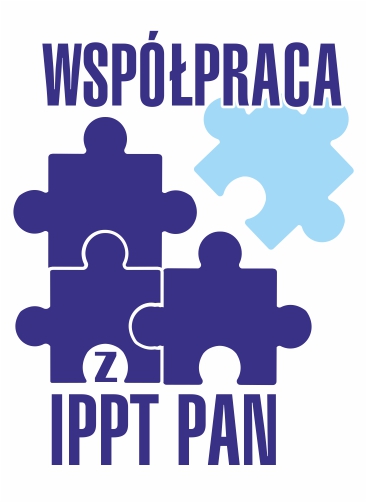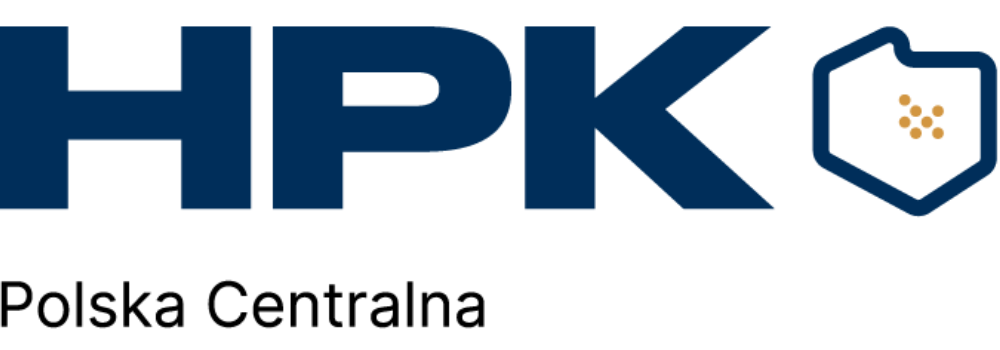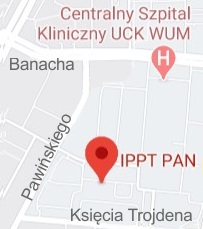| 1. |
Nałęcz-Jawecki P., Roth L.♦, Grabowski F., Li S.♦, Kochańczyk M., Bugaj Ł.♦, Lipniacki T., Quantifying cancer- and drug-induced changes in Shannon information capacity of RTK signaling,
Scientific Reports, ISSN: 2045-2322, DOI: 10.1038/s41598-025-23075-y, Vol.15, pp.39340-1-17, 2025 Streszczenie:
Cancer can result from abnormal regulation of cells by their environment, potentially because cancer cells may misperceive environmental cues. However, the magnitude to which the oncogenic state alters cellular information processing has not been quantified. Here, we apply pseudorandom pulsatile optogenetic stimulation, live-cell imaging, and information theory to compare the information capacity of receptor tyrosine kinase (RTK) signaling pathways in EML4-ALK-driven lung cancer (STE-1) and in non-transformed (BEAS-2B) cells. The average information rate through RTK/ERK signaling in STE-1 cells was less than 0.5 bit/hour, compared to 7 bit/hour in BEAS-2B cells, but increased to 3 bit/hour after oncogene inhibition. Information was transmitted by 50–70% of cells, whose channel capacity (maximum information rate) was estimated through in silico protocol optimization. In BEAS-2B cells, channel capacity of the parallel RTK/calcineurin pathway surpassed that of the RTK/ERK pathway. This study highlights information capacity as a sensitive metric for identifying disease-associated dysfunction and evaluating the effects of targeted interventions. Słowa kluczowe:
Channel capacity, MAPK pathway, Cancer, EML4-ALK oncogene, Optogenetics Afiliacje autorów:
| Nałęcz-Jawecki P. | - | IPPT PAN | | Roth L. | - | inna afiliacja | | Grabowski F. | - | IPPT PAN | | Li S. | - | inna afiliacja | | Kochańczyk M. | - | IPPT PAN | | Bugaj Ł. | - | inna afiliacja | | Lipniacki T. | - | IPPT PAN |
| 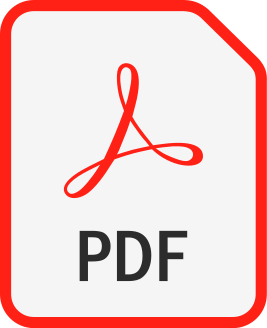 | 140p. |

